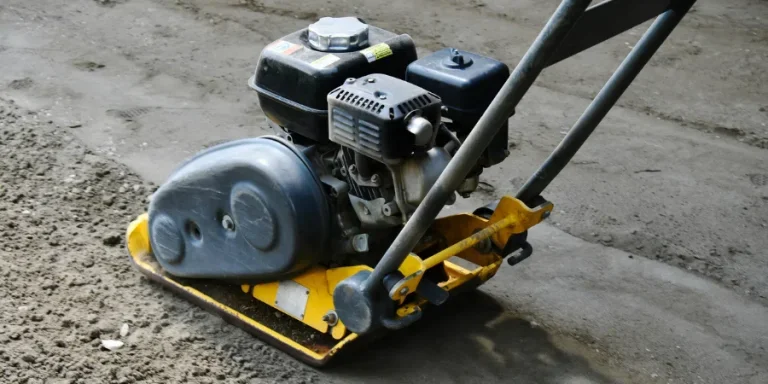Plate compactors are essential tools in the construction industry, known for their efficiency in compacting soil, gravel, and asphalt. This article delves into the mechanics of plate compactors, offering insights into their operation, usage, and cost. Whether you’re a seasoned professional or new to the field, this guide will equip you with the knowledge you need about these powerful machines.
Table of Contents:
– What is a plate compactor?
– How do plate compactors work?
– How to use a plate compactor
– How much does a plate compactor cost?
– Top plate compactors
What is a plate compactor?
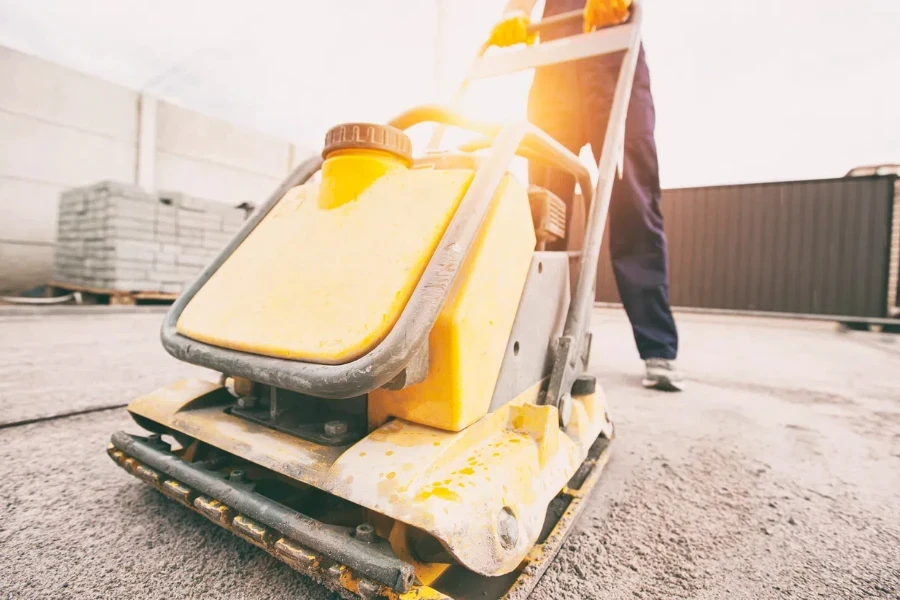
Plate compactors, often referred to as vibratory compactors, are a type of construction equipment used to compress different types of soil and materials. They consist of a heavy steel plate mounted to the base of a machine that uses vibration to compact loose materials like sand, gravel, and pavement. The compacting process increases the density of the material, making it more stable and suitable for foundation or paving tasks. Plate compactors come in various sizes and designs, catering to a wide range of applications from small, DIY projects to large-scale construction jobs.
How do plate compactors work?
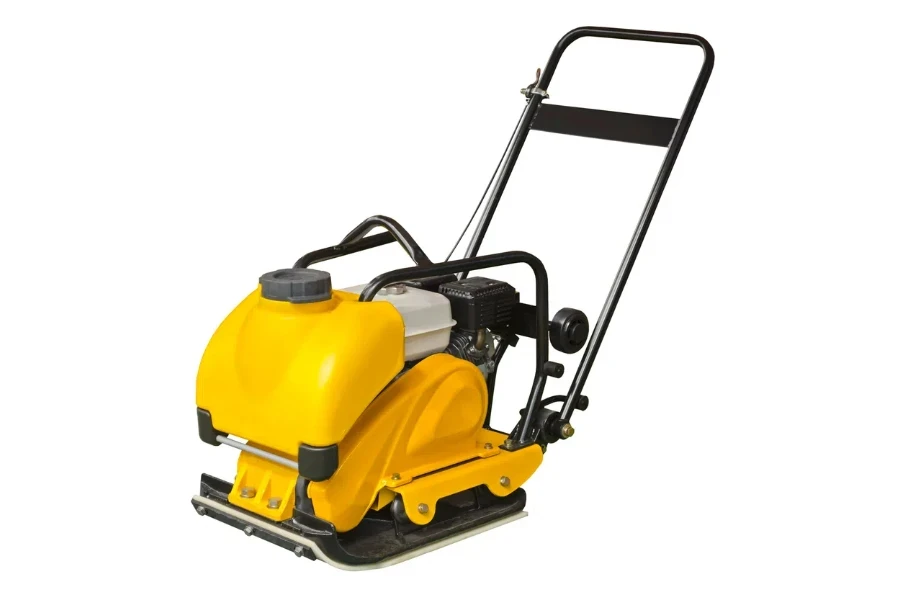
The core mechanism behind a plate compactor is its ability to generate vibratory force, which is applied to the ground through a flat plate. This vibration rearranges particles in the soil or gravel, reducing the space between them and resulting in compaction. The engine, usually gasoline or diesel-powered, drives a rotating eccentric weight inside the compactor’s base plate, creating the necessary vibration. The frequency and amplitude of these vibrations are critical factors that influence the compactor’s effectiveness. High-frequency vibrations with lower amplitude are ideal for finer materials, while coarser materials require lower frequency but higher amplitude.
How to use a plate compactor
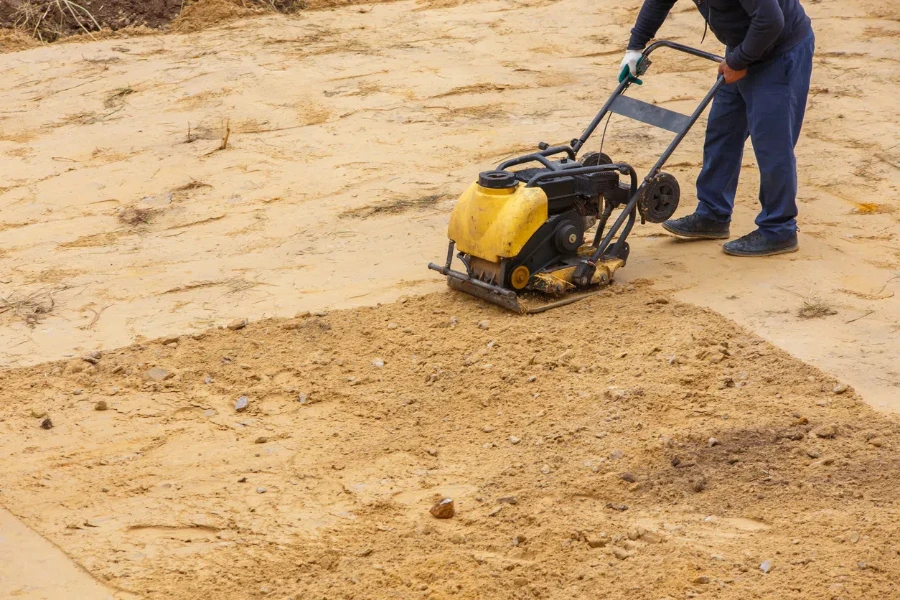
Using a plate compactor effectively requires preparation and safety precautions. Start by inspecting the machine to ensure it’s in good working condition. Mark the area to be compacted and remove any large debris. When operating the compactor, start from the edge of the area and work your way inwards, overlapping each pass to ensure even compaction. It’s essential to maintain a steady pace, as moving too quickly can result in uneven compaction, and too slowly can over-compact the material. Always wear appropriate safety gear, including ear and eye protection, to safeguard against the loud noise and potential debris.
How much does a plate compactor cost?
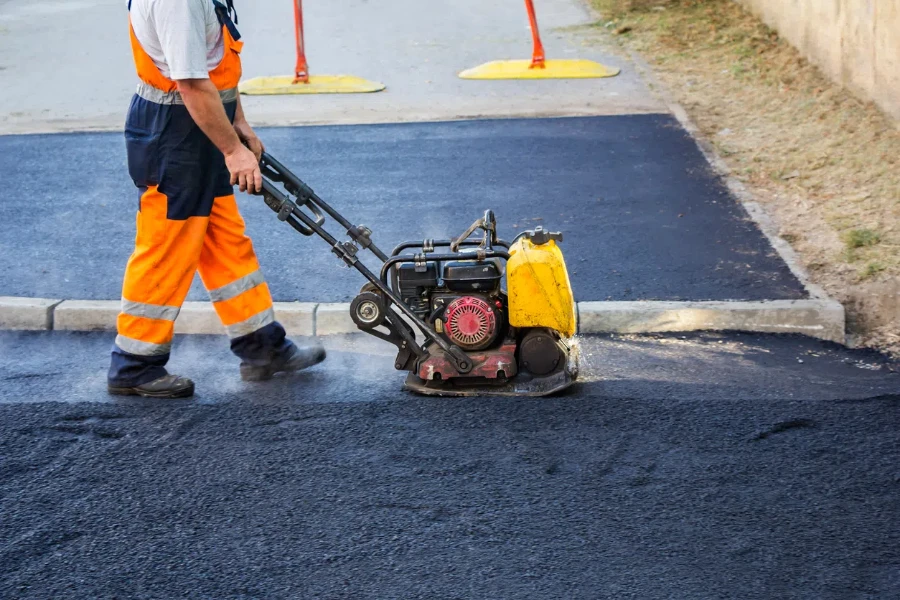
The cost of a plate compactor can vary widely based on its size, power, and features. Smaller, entry-level models suitable for light-duty tasks can start as low as $500, while larger, more powerful compactors designed for commercial use can cost several thousand dollars. The price also depends on the brand, with well-known manufacturers typically commanding higher prices due to their reputation for quality and reliability. When considering the cost, it’s also important to factor in maintenance and fuel expenses, which can add up over time.
Top plate compactors
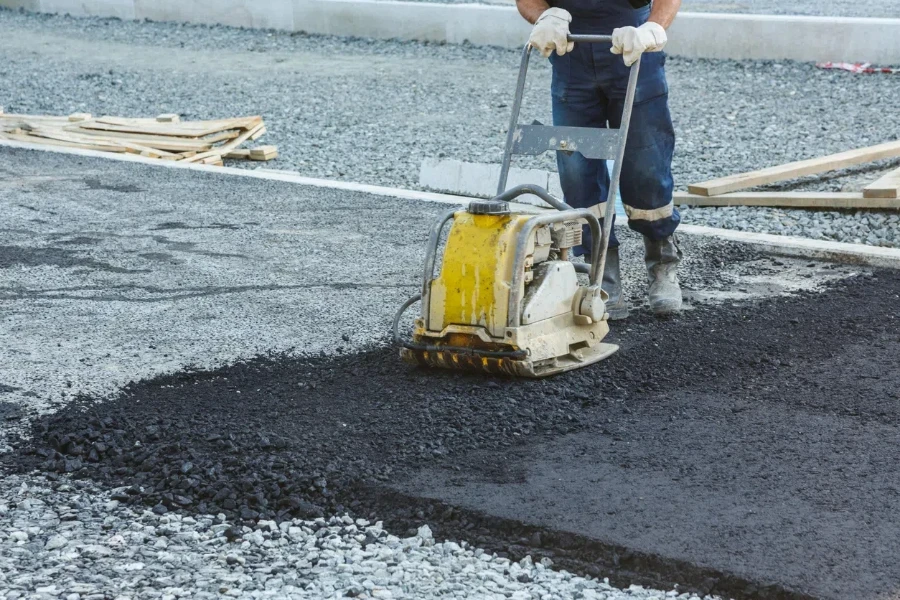
When it comes to choosing a plate compactor, several models stand out for their performance, durability, and value. Some of the top compactors include the Wacker Neuson VP1550, known for its robust design and efficient operation; the Honda GX160, which offers reliability and ease of use; and the Mikasa MVC88VGHW, praised for its high compaction force and user-friendly features. Each of these models brings something unique to the table, catering to different needs and preferences. Ultimately, the best plate compactor for you will depend on your specific requirements, including the type of material you’re working with and the scale of your projects.
Conclusion:
Plate compactors are indispensable tools in the construction and landscaping industries, offering a reliable method for compacting soil, gravel, and asphalt. Understanding how these machines work, how to operate them safely, and what costs are involved is crucial for anyone looking to utilize a plate compactor effectively. With a variety of models available, selecting the right plate compactor can significantly enhance the efficiency and outcome of your compaction tasks. Whether you’re working on a small paving project or preparing a foundation, a plate compactor can be your ally in achieving a solid, stable base.
